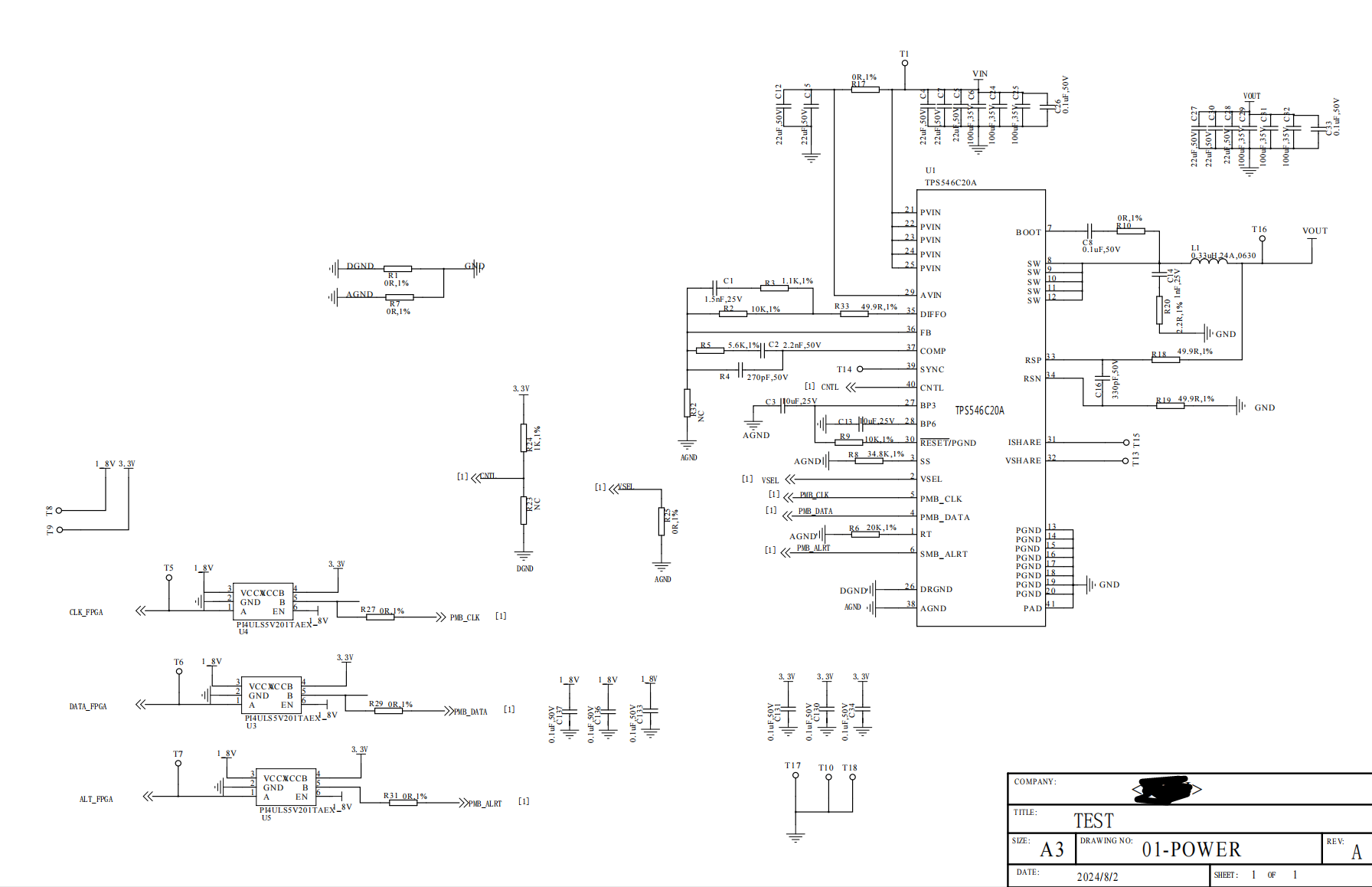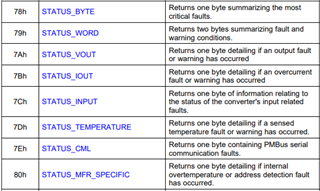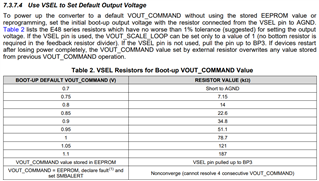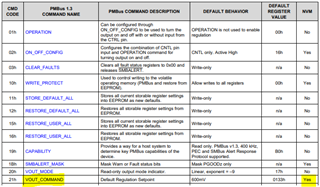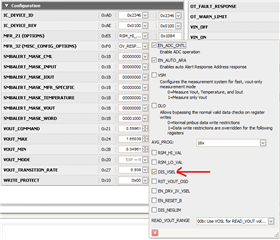Other Parts Discussed in Thread: USB-TO-GPIO2
Tool/software:
Hi,every one,now i have some issure about tps546c20a,below is describe:
eg: I design a test board of tps546c20a,and the schematic is fully refer to the data manual,but it isn't out voltage,i have some issure.
1.Is it need config use pmbus that can have voltage out?
2.Is it can be used alone?
3.Is there any relevant C language driver code that can be obtained,stm32,and other?


